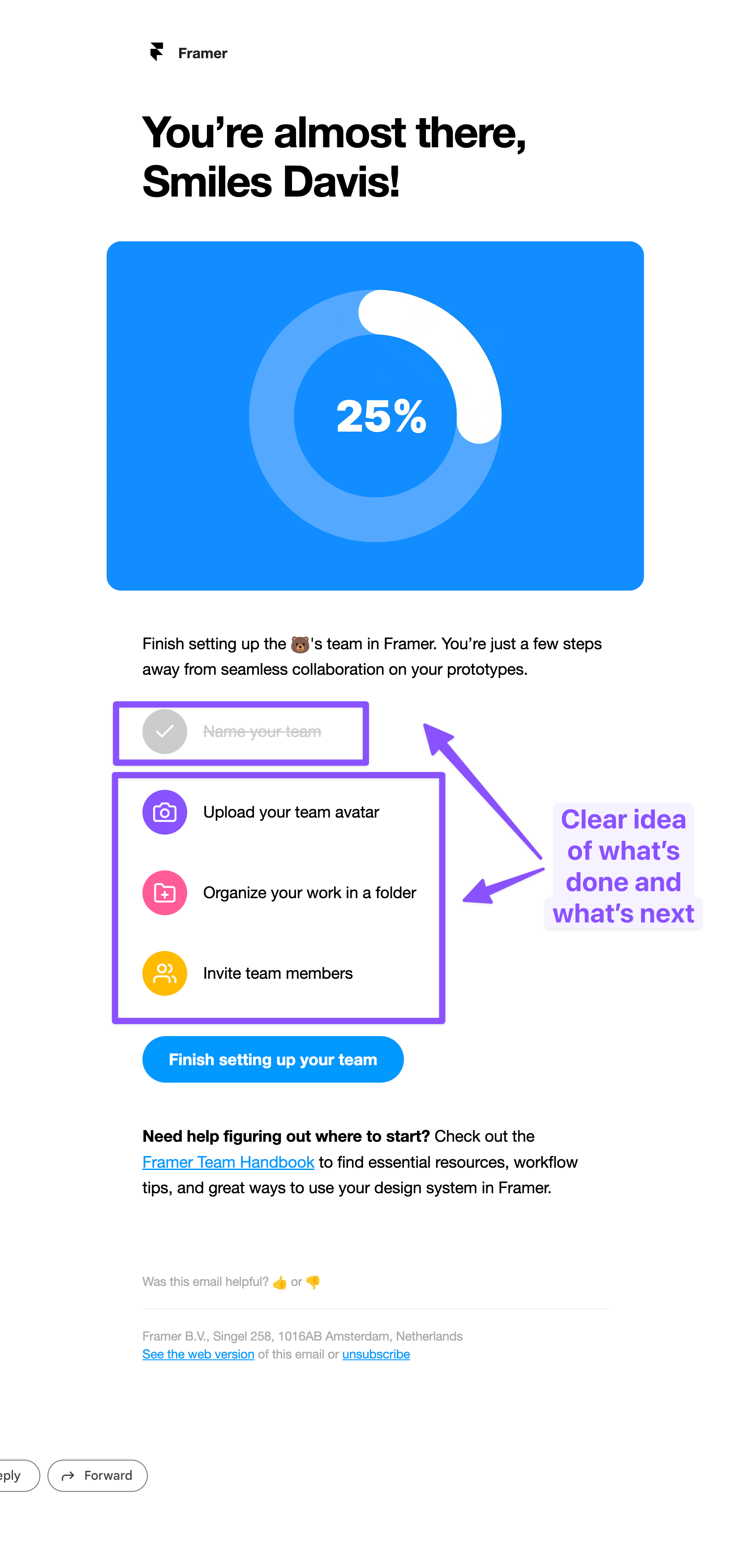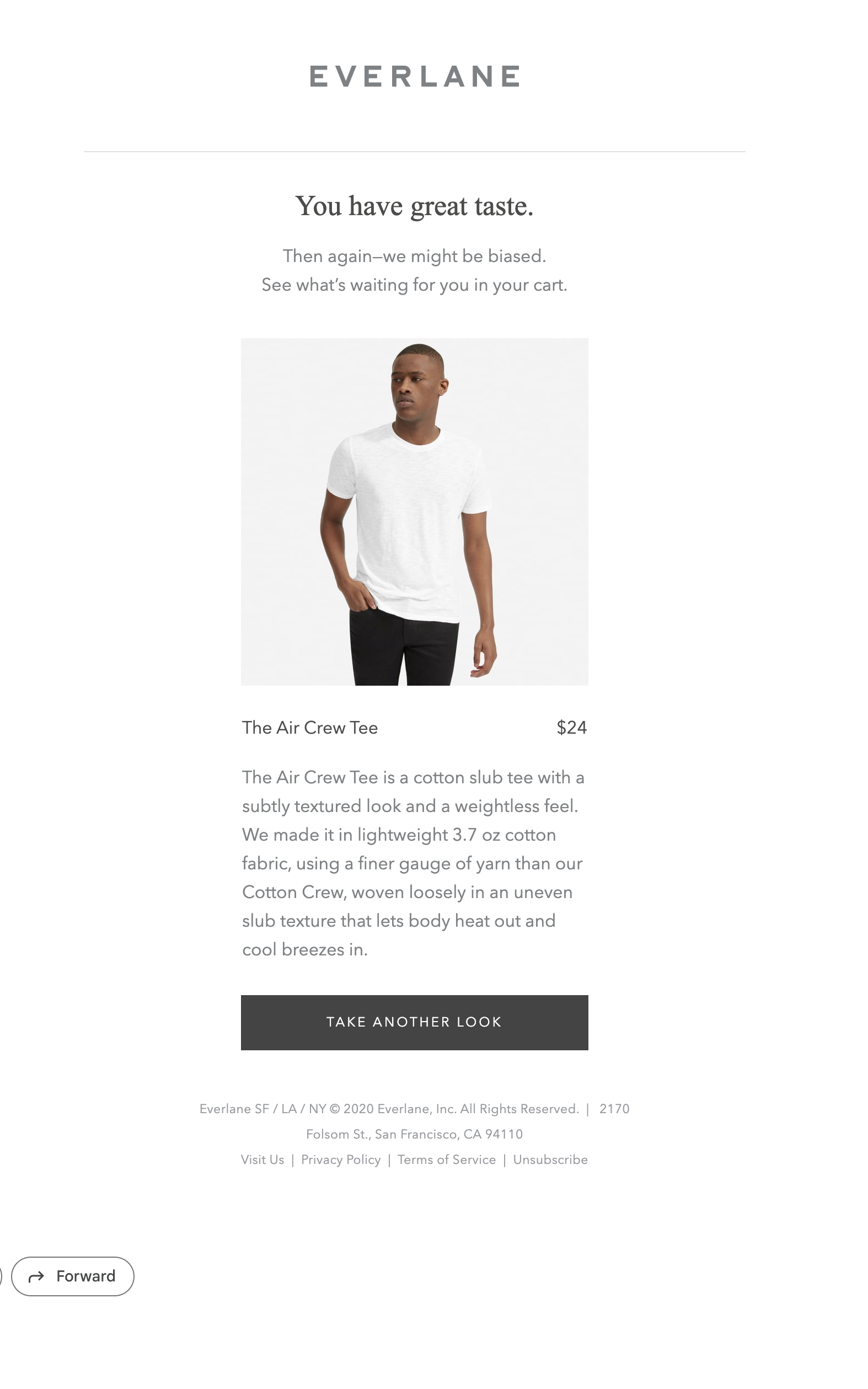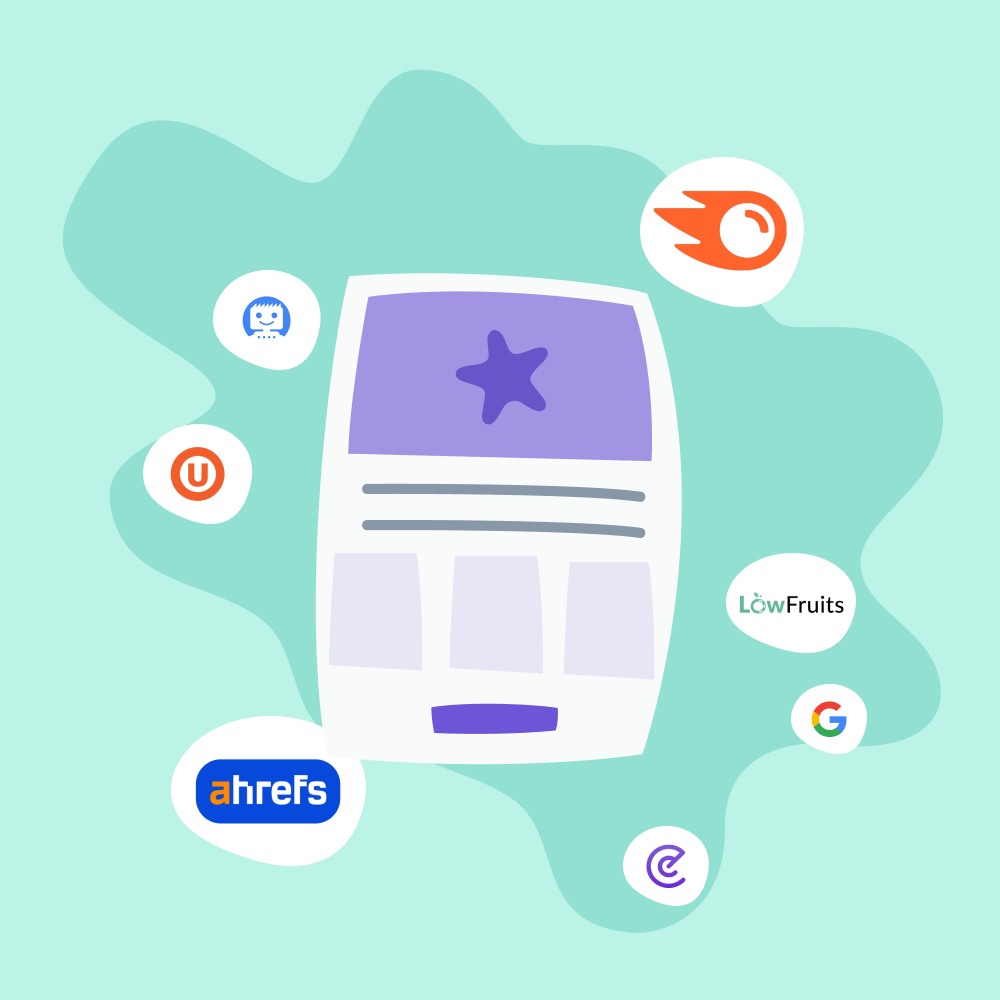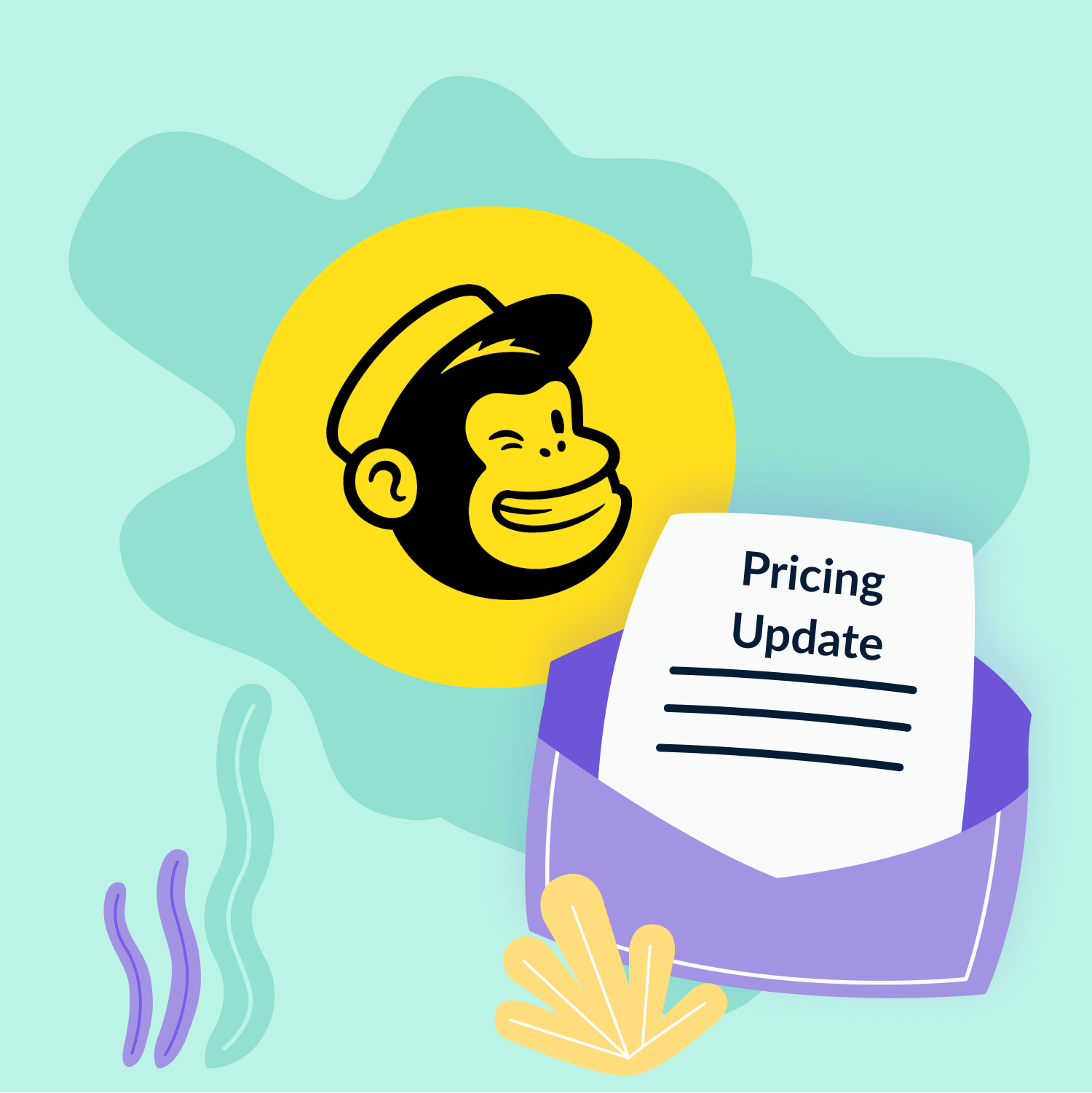Email is one of the most widely used marketing channels in the e-commerce space. Email campaigns effectively encourage your past customer or newsletter subscribers to visit your website to buy something.
An affordable and effective way to increase repeat purchases.
Emails also allow you to customise and precisely target your messages based on the user segments and achieve excellent conversion with your audience.
Reasons why email marketing is important for e-commerce
1/ Improve customer retention
Customer retention and repeat order are some of the few key metrics that e-commerce site owners care for, as these don’t cost as much as getting new users and are equally beneficial to the business.
You can set automation on your email list or send event-based emails to your existing customer to bring them back to buy something new that fits their needs.
2/ Cost-effective
Email marketing is one of the most cost-effective and easy-to-maintain methods of continuous marketing. Email Marketing tools like EmailOctopus let you start for free for up to 2,500 subscribers.
You can easily leverage email marketing at mass to reach all your audience with your general email marketing campaigns, cart abandonment, newsletter or product showcase email for just a few dollars (or even for free).
3/ Easy to measure
Another benefit of email marketing is that it’s straightforward to measure. Once you have sent your email campaign, you automatically get complete analytics, including the open rate and click rate.
To add to this, you can also add UTM parameters to all the links in your email to track the conversion of the audience coming to your site from your email campaign. You need to enable UTM parameters in your email marketing tool and setup conversion tracking in your store web analytics tool.
4/ Stay connected
A vital part of running an e-commerce business is to ensure that your customers don’t forget you.
Apart from a marketing email campaign, you can also send email newsletters where you can talk about other things like if you run a beauty product site, then the newsletter can be about “5 ways to use a cheek tint” or something else.
This should basically be something that your customers would love reading.
Strategies on how email marketing can be beneficial for e-commerce businesses
1/ Create a welcome email series
Having a welcome email series is very important in helping users setup their complete account and also in letting them know how the platforms work.
This also helps remove the friction and frustration they might have while setting up their account if they need clarification about certain things.
To setup an email welcome series, you can open EmailOctopus and create automated email series where you can have all your emails and set the delay so the user sequentially gets the emails.

Set up a series of welcome emails to impress your new subscribers. This allows you to share your brand story, highlight your best products, or offer discounts to drive sales. When new or existing subscribers sign up for the newsletter, they expect to hear from you. That’s why they signed up.
Many new subscribers usually need more information, so a series of welcome emails is a great way to showcase your e-commerce brand, raise customer knowledge about your offering, and let them know about the platform.
2/Email segmentation
Email segmentation is a way of segmenting your email list based on specific categories. For example, this can be based on location, gender, age or other particular preferences based on their purchase history.
It’s a great way to ensure that you send your audience the most effective email.
Let’s understand this with an example: assume you run an e-commerce site that sells beauty products, and you know that a specific audience loves buying lipstick every month. So if you launch a new lipstick, then sending it to this segment would be most beneficial.
3/Personalised emails
Personalisation allows email marketers to tailor their messages to their target audiences. It is an effective way of providing messages that are relevant to recipients. By using email personalisation, you can build trust and create a positive customer experience.
This can be as simple as adding just the recipient’s name or as customised as adding product suggestions based on past purchases.
Here’s a sample email template.

4/ Cart abandonment email
Cart abandonment emails are another way to recover sales that would otherwise have been lost. Cart abandonment emails are automated emails that are sent to customers who have added items to their online shopping cart but haven’t completed their purchase.
Think of it as a gentle reminder like “Hey buddy – you forgot to complete your purchase”.

In order to create a successful cart abandonment campaign, it’s important to think about the customer journey and create a message that feels relevant. It would be best if you also thought about the timing of the emails, making sure you don’t send them too early in the shopping journey.
Try to personalise the message to the individual customer, highlighting the items they left in the cart and offering a discount or other incentives to encourage them to complete the purchase.
Conclusion
The best thing about e-commerce email marketing is that it is a low-risk channel that allows you to test and iterate until you find the right rhythm.
But that doesn’t mean e-commerce email marketing is child’s play. You face obstacles, make mistakes and learn from experiences.
So try to repeat and enjoy. You will be surprised how quickly you will get more views to your website and, more importantly, generate revenue for your business. to sum up, how do you use email marketing for E-commerce
- Use email marketing to attract new customers and re-engage the existing ones.
- On-time email scheduling to increase conversion rate.
- Build brand loyalty by interacting with your customers.
- Use email marketing to collect feedback.


No Comments
Leave a comment Cancel